2013 Newsletter #9 – Growing Healthy Soil
Soil is in fact an organic farmer’s first and most significant crop. Healthy soil is extremely bio diverse. It is full of macronutrients like phosphorous, nitrogen, potassium and calcium; micronutrients like iron, boron, zinc and copper; organic matter, both alive and dead; and the microorganisms that eat the organic matter making their nutrients available for growing plants to take up. Healthy soil that is full of nutrients naturally grows more nutritious vegetables; it also grows stronger plants that are better able to fight off diseases and pests. Farmers Luke and Adam spend a lot of time and energy growing our soil by cover cropping, rotating crops and amending the soil with fertilizer and minerals. We work with WSU soil scientists to test our soil so we better understand what our soils needs are each season. Because we have so much rain in the great PNW many minerals leach out of our soil. Some of that is replenished when the river floods and deposits cascade minerals, but we also amend our soil with minerals each spring. The main mineral we replace is lime, which ‘sweetens’ the soil by making it more alkaline. The lime flour we use is also high in calcium — making our brassicas an excellent source of that important mineral!
We have grown tremendously over the last 5 years and we are starting to see it take a toll on our soil. Last year we discovered we had a boron deficiency in our broccoli fields that caused the stems to develop a hollow heart. Unfortunately it seems this problem has spread to other fields this year and we’re finding hollow hearts in our broccoli, beets & potatoes. This year we seem to have another soil pest attacking our beets — we currently investigating this with WSU plant scientists and suspect it is another mineral deficiency. Hopefully the mystery will be solved soon! The long term cure for what’s ailing our soils is to make them healthier.
Cover cropping provides the most balanced diet for our fields. We plant a combination of vetch, which is a nitrogen-fixing legume, and rye grass. These seeds go down and then we leave the field alone for a season, giving the soil a rest. Then, when it’s time to put that acreage back into production we disk soil, which is to turn the cover over and allow it to decompose, providing the valuable organic matter the microorganisms love so much. This is called green manure. We cover crop every winter to provide green manure in the spring, and to prevent erosion during the rainy winter months. But this year we broke ground on an additional 5 acres so we can keep 5 acres under cover for the entire season — giving the soil an extremely valuable rest. We will rotate that resting field each season as part of our rotation plan. This is why Luke is starting to refer to himself as a soil farmer first and foremost.
Organically,
Luke, Adam, Sarah, Megan, Bridget, Tino, Yolanda, Valentin, Julio-Cesar,Mike, Mariana, Lisa, Alice, Sarah D, Dana, Joshua, Arwen, Grace, Brandon, (and our inspiration Pearl, Emuna, Avi Ray & Zoe Rose).
